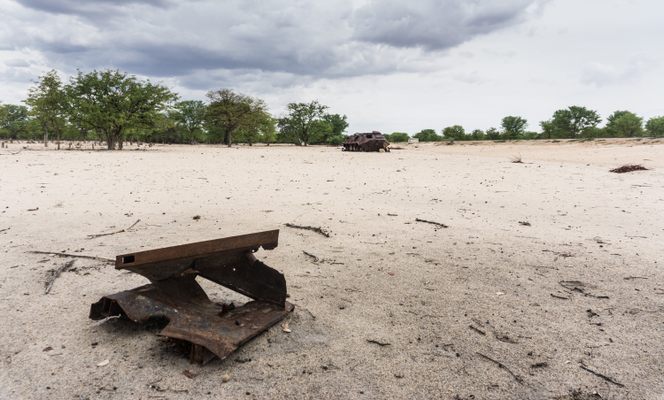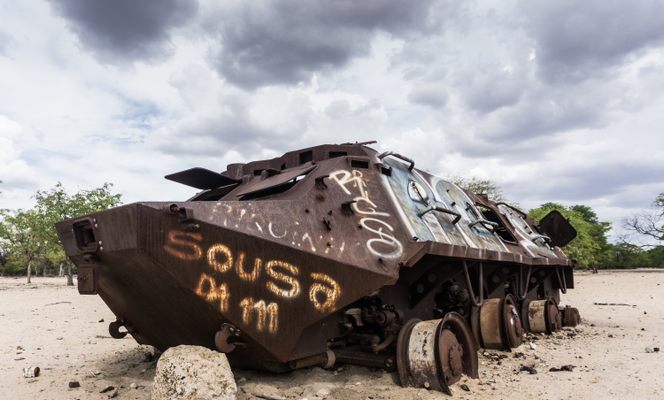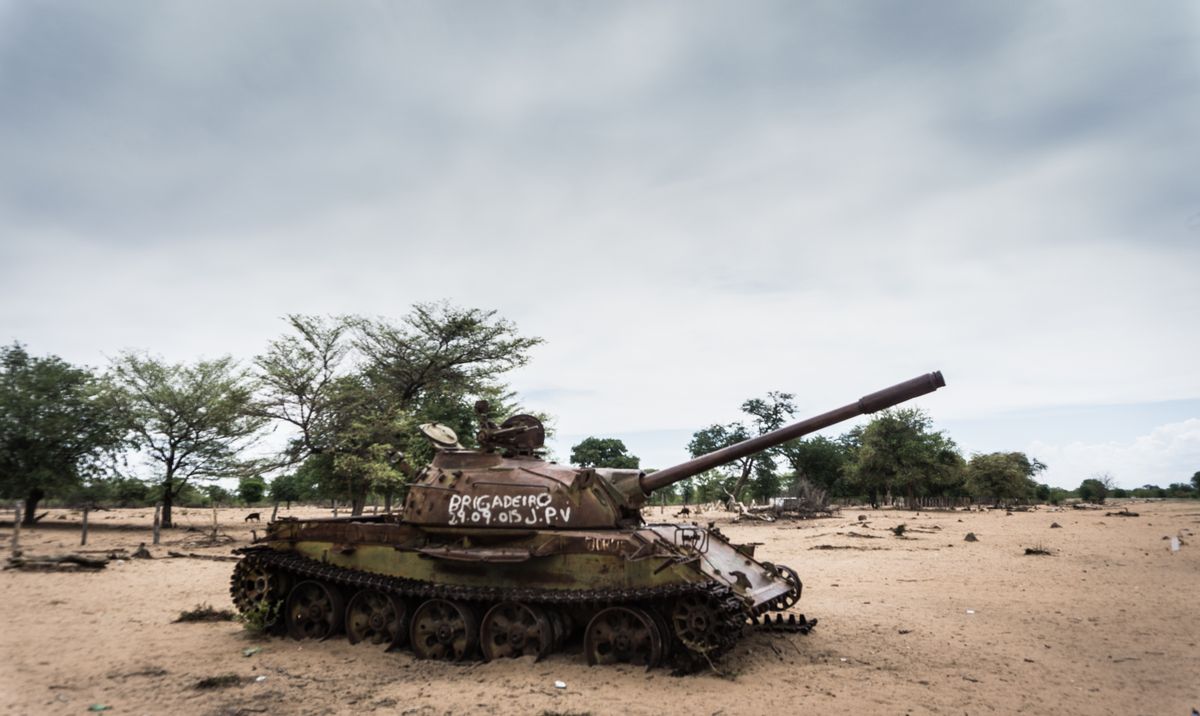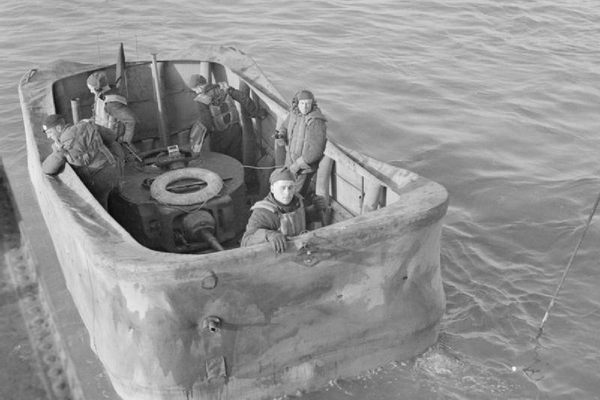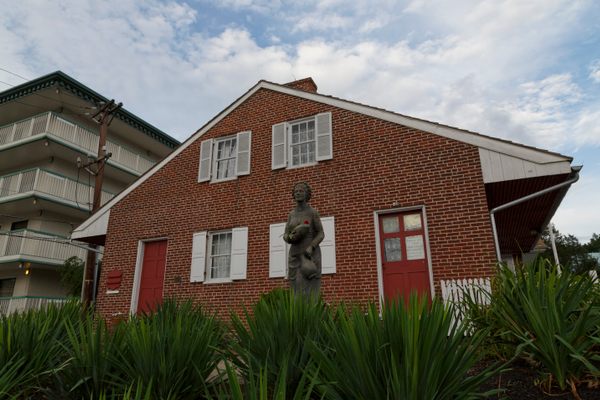About
In the early 1980s, Xangongo was home to a complex of supply bases and training facilities under the South West Africa People's Organization (SWAPO). In late August through early September of 1981, the entire area came under intense attack by the South African Defense Force (SADF) in what was known as "Operation Protea." It was a dramatic battle of the Angolan Civil War and the South African Border War.
The Angolan conflict officially ended in 2002, and in the intervening years most of the war remnants across the country were removed, and in some cases replaced with monuments. Cunene Province and Xangongo in particular, are the exceptions. Throughout Cunene are the remains of military vehicles destroyed or disabled during the war.
Locals who have lived in the area since the 1980s, and veterans of that period of the Angolan war confirm that the tank and convoy remains in Cunene are, in fact, from Operation Protea. There is a small, nondescript monument to the lives lost in the conflict near the center of Mongua, a tiny town roughly midway between Onjiva and Xangongo.
These days, most of what's left are simply rusted out hulks along the roads of Cunene. They slowly sink beneath the windblown sand as silent, brooding testimonies to the battles that once raged around them. Some sites are eerily abandoned, with no signs that anyone has been there in ages.
While you can find abandoned war vehicles throughout Cunene, most are concentrated along the main road between Onjiva and Xangongo. There are also several fairly intact tanks on the roads between Onjiva, Namacunde, and Nehone.
Related Tags
Know Before You Go
To get there: The provincial capital of Cunene, Onjiva, is the best starting point. There are direct flights from Luanda a few times per week, or it's a short drive in from the border of Namibia. From Onjiva, take the road to Xangongo. You'll start to see rusted remains, intermittently on either side of the road shortly after you pass the Onjiva airport just before the town of Xangongo. If you have time, check out some of the other roads around Onjiva as well for less visited sites.
Safety: Most of Cunene was declared clear of landmines and "explosive remnants of war" (EWR) in the late 1990s. However, you should be very careful when visiting war remains in what were once obvious battlefields. Stay on obvious paths and roads, follow the advice of any locals, and of course never touch or pick up anything that might be live ammunition, bombs, or mines.
Community Contributors
Added By
Published
November 13, 2019
Sources
- https://en.wikipedia.org/wiki/Operation_Protea
- history/angolan-civil-war-1975-2002/
- https://en.wikipedia.org/wiki/Xangongo
- http://www.landmine.org/archive/angola/operation-cunene
- https://www.google.com/maps/search/Xangongo/@-8.871936,13.2554752,13z
- http://www.61mech.org.za/operations/operation-protea
- https://www.namibweb.com/chap14.htm


